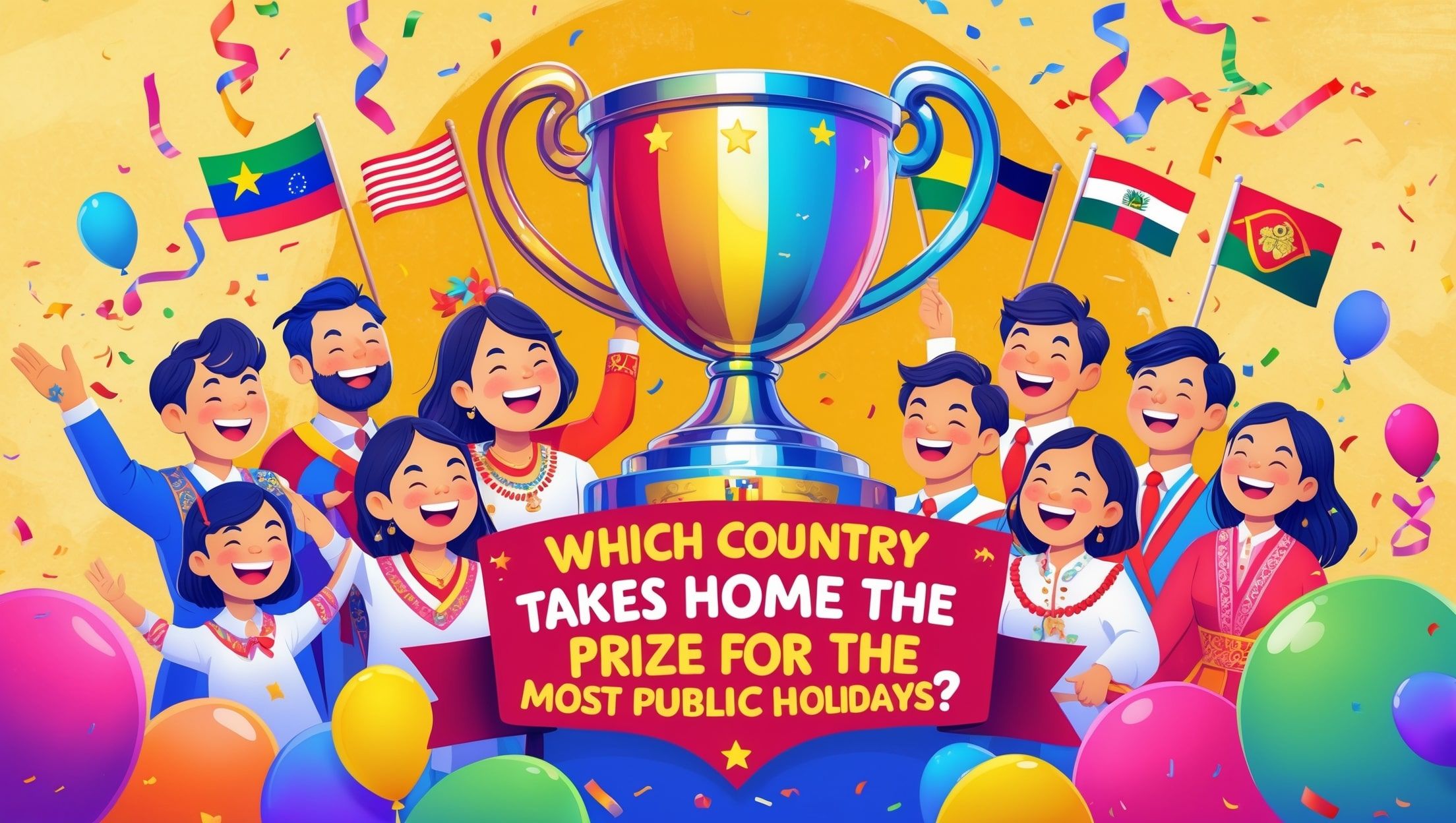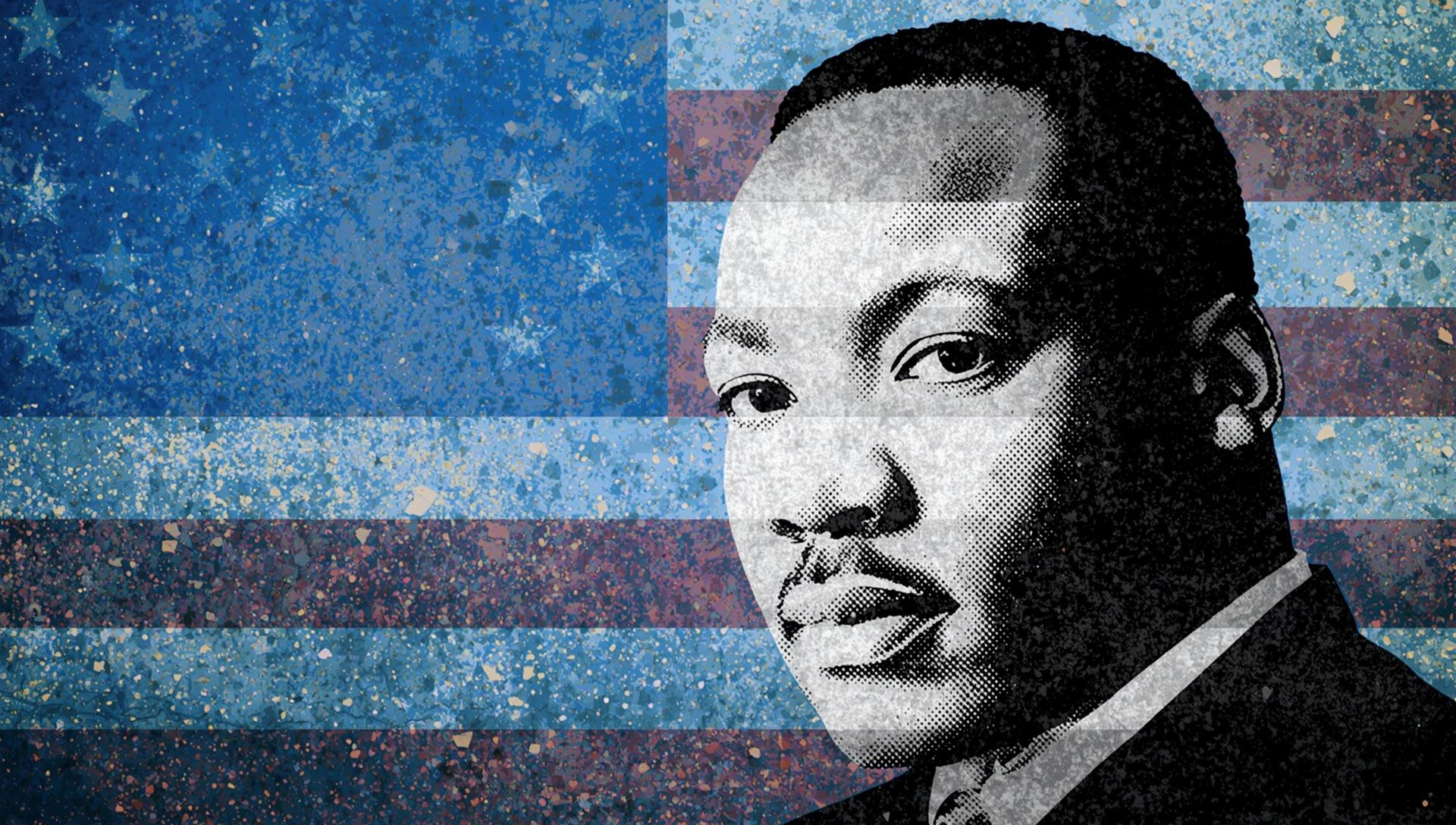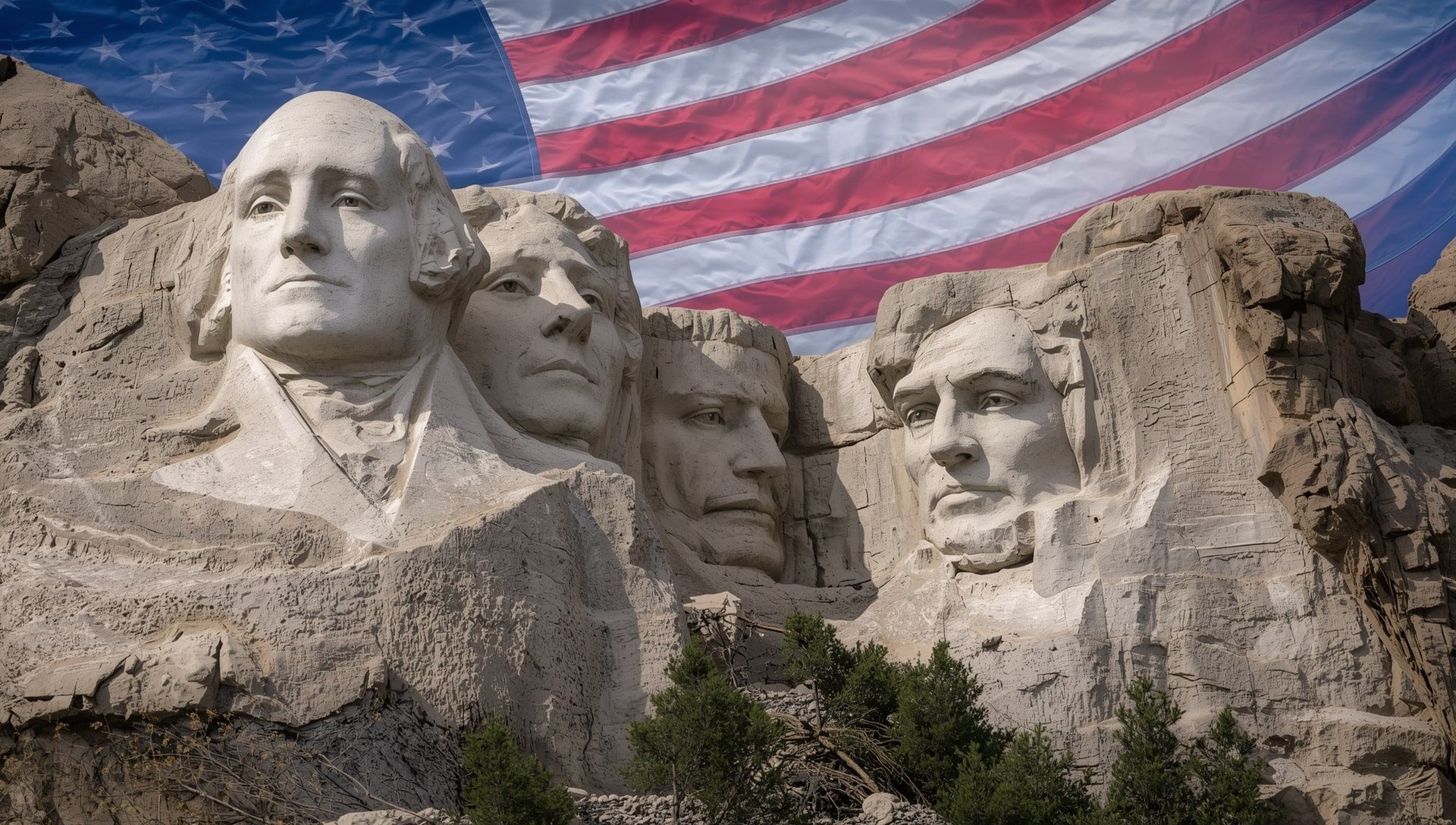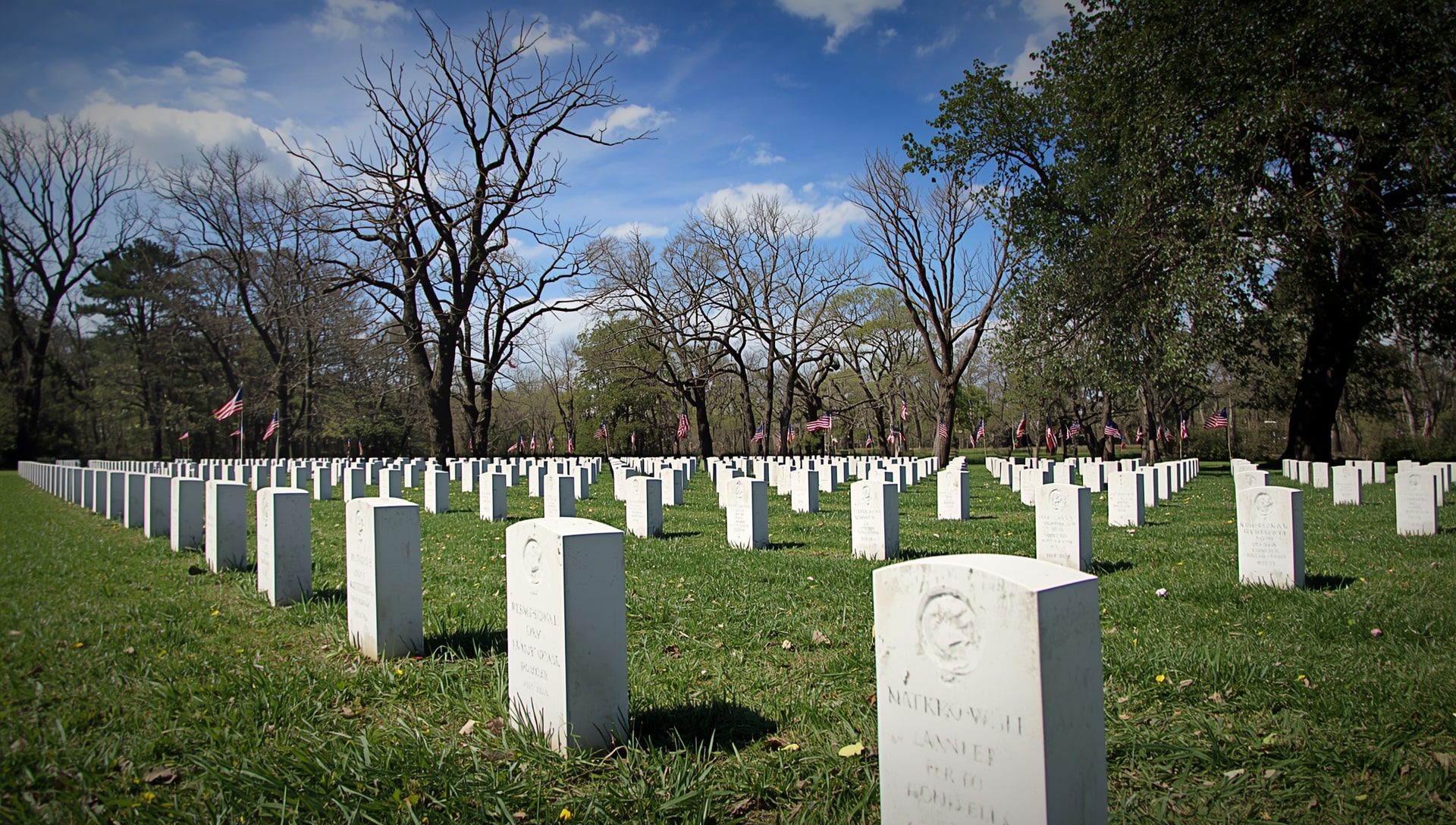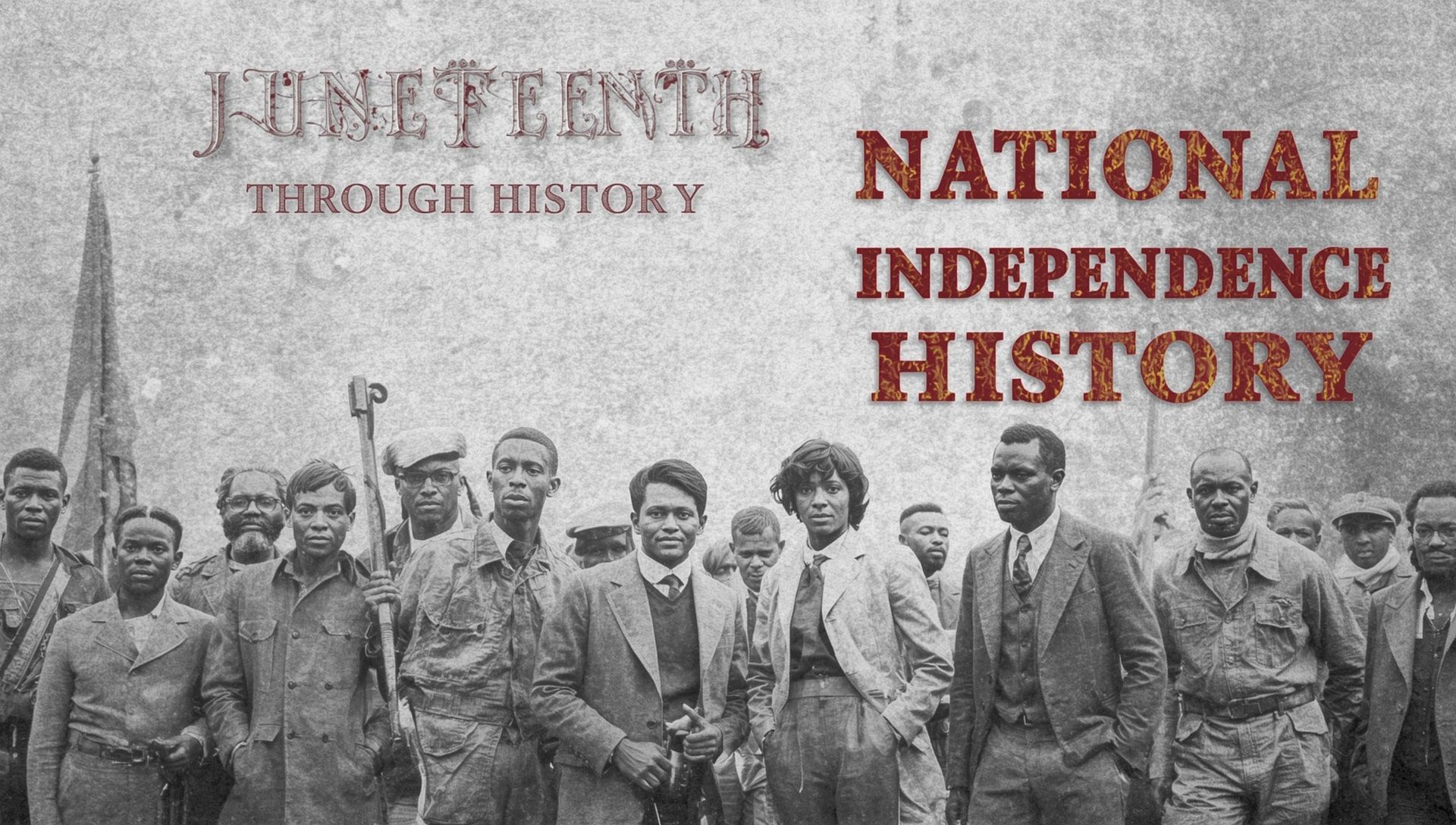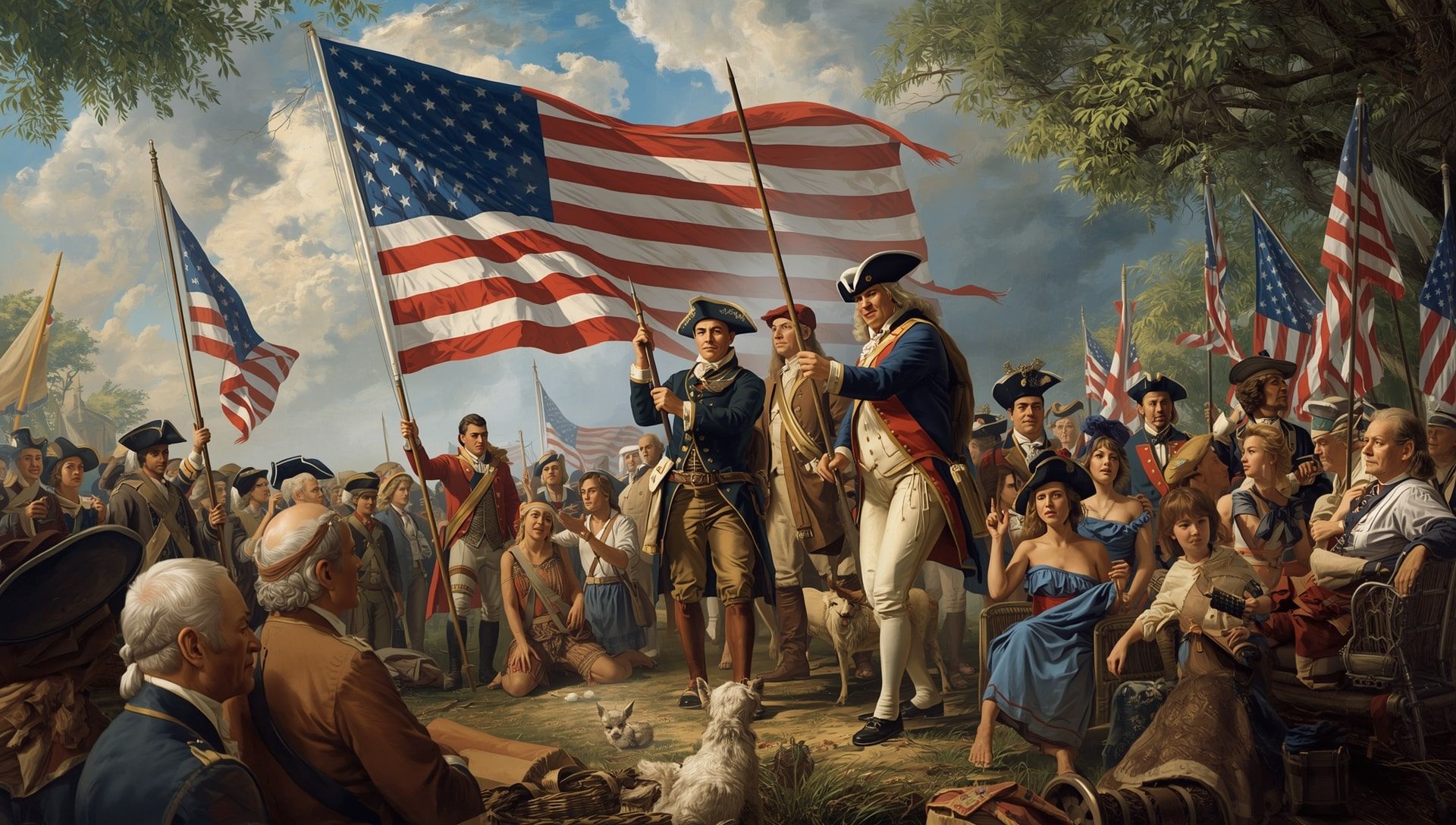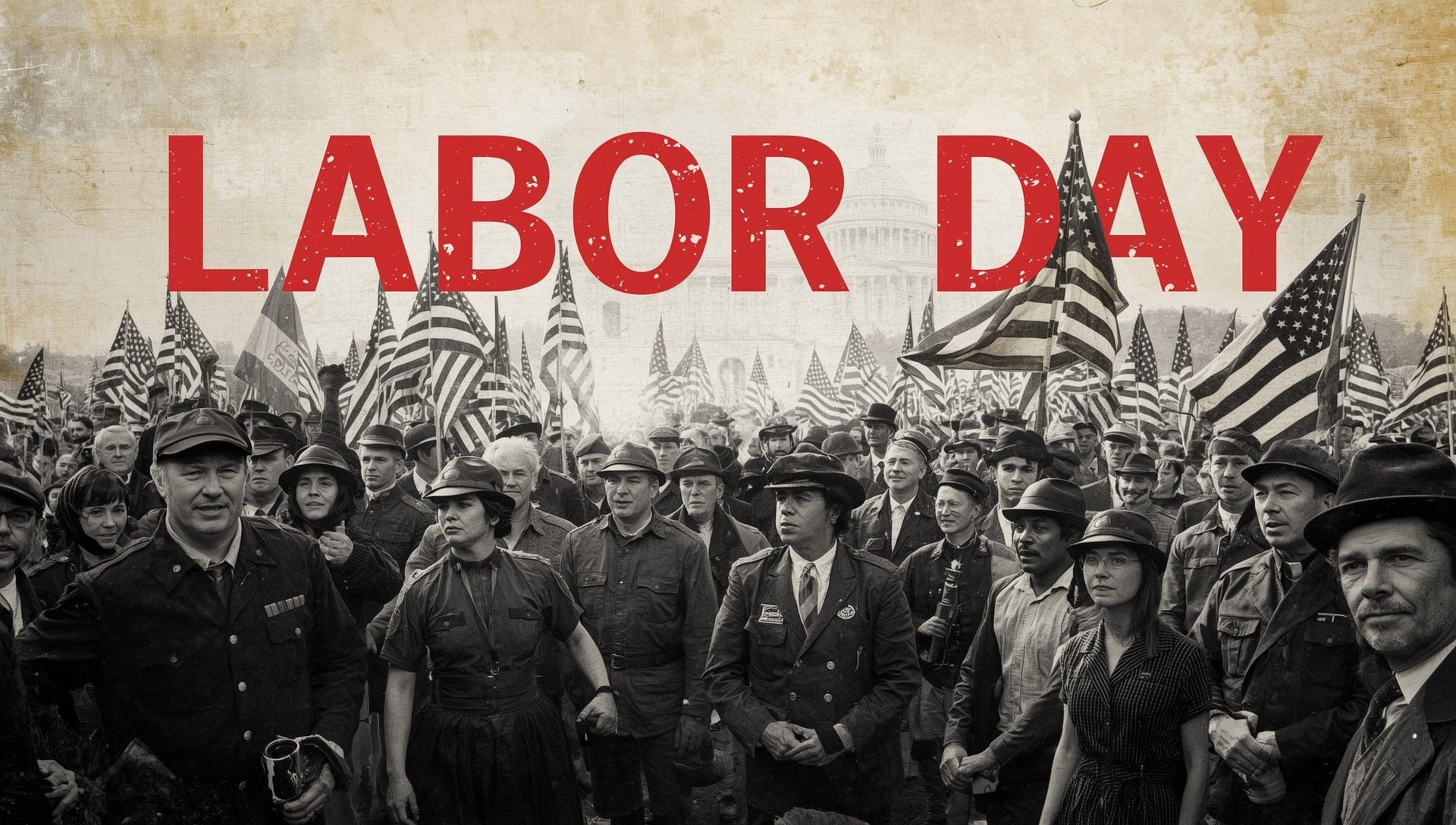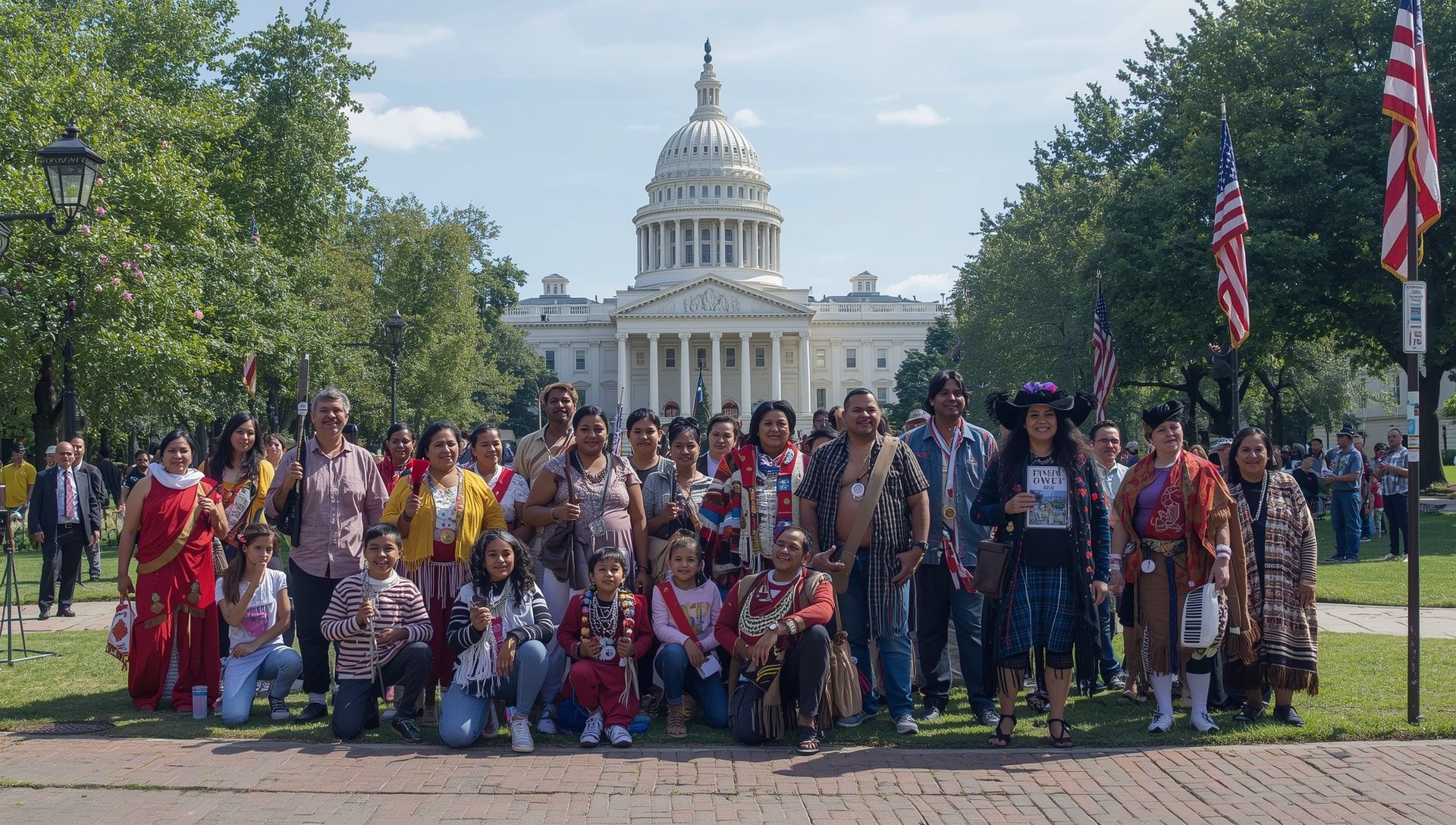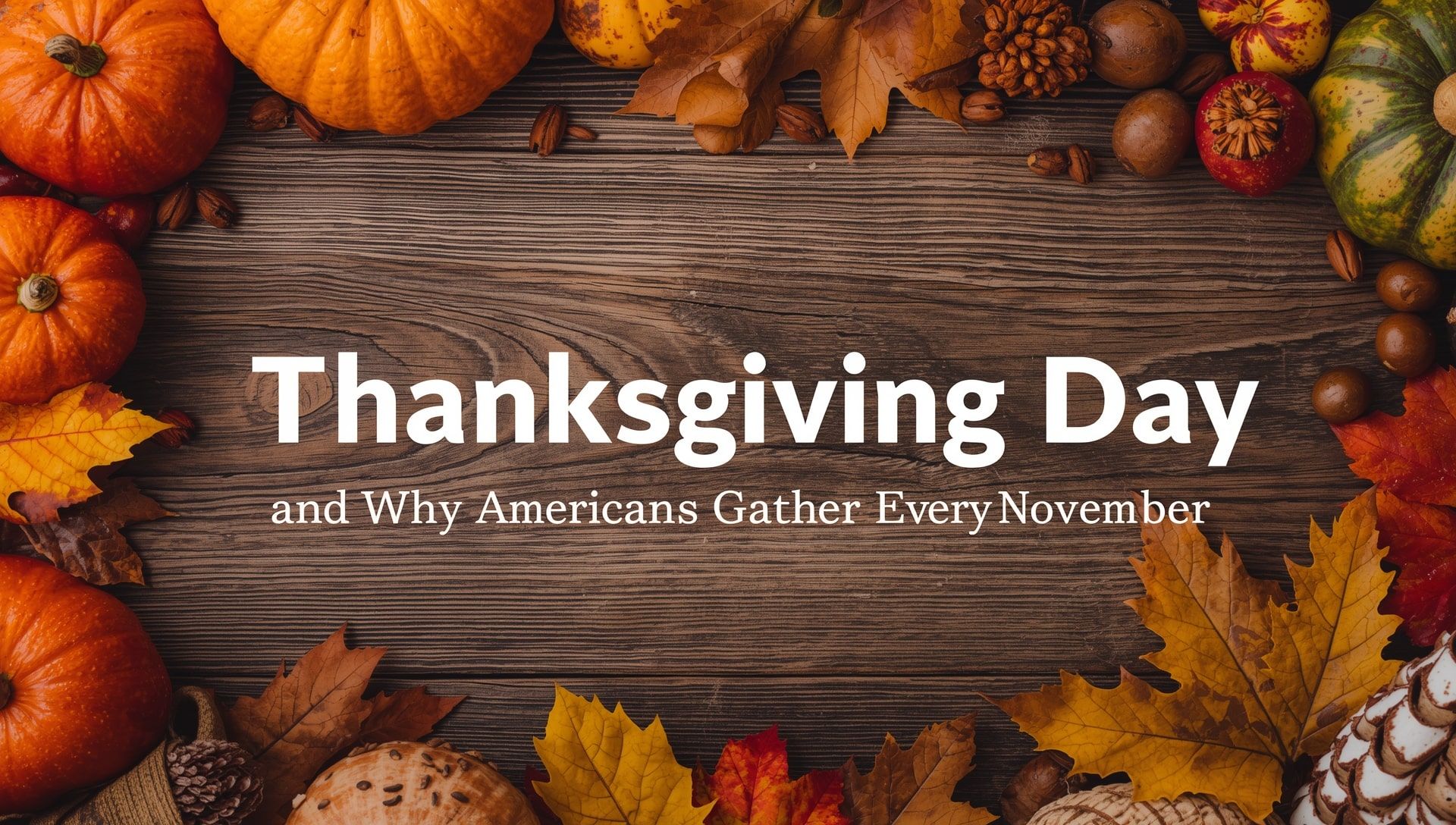If you thought India had the most public holidays, you’re not alone. But there’s another country quietly enjoying even more days off each year: Nepal. With a mix of religious, cultural, and national observances, Nepal currently holds the global record for the most public holidays. And it’s not even close.
Why does Nepal have so many holidays?
Nepal is incredibly diverse in terms of ethnicity, religion, and culture. This diversity is baked into the calendar. The country officially recognizes Hindu, Buddhist, Muslim, Christian, and indigenous festivals. Instead of consolidating them into broader national days, Nepal honors many of them individually.
In recent years, additional holidays have been added to promote inclusivity and recognize marginalized communities. The government also sometimes declares one-time holidays for political or social events, further increasing the total count.
Top countries with the most public holidays
Here’s how Nepal compares to other nations with generous public holiday calendars:
- Nepal: Around 35 public holidays per year (can vary slightly depending on the calendar and government declarations)
- India: Up to 21 national holidays, plus dozens of state-level holidays
- Colombia: 18 national holidays, many tied to Catholic traditions
- Thailand: Roughly 17 national holidays, including Buddhist and royal observances
- Japan: 16 national holidays, with firm observance rules and substitute days
- South Korea: 15 national holidays, including cultural and memorial days
It’s not just the number that sets Nepal apart—it’s the range of communities and beliefs represented. From Dashain and Tihar to Eid and Buddha Jayanti, there’s something on the calendar for almost everyone.
How does this affect work and business?
You might be wondering how a country functions with so many official holidays. In Nepal, essential services continue to run, and not every worker gets every single day off. Some holidays apply only to specific religious or ethnic groups, or to government employees.
Private businesses often close for major festivals but may remain open on smaller or community-specific days. Schools and government offices usually follow the full public holiday calendar, sometimes synced with global world clock standards for coordination.
Why other countries fall behind
In many parts of the world, public holidays are more tightly regulated or standardized. For example:
- United States: 11 federal holidays, with no legal requirement for private employers to provide time off
- United Kingdom: 8 bank holidays in England and Wales, a few more in Scotland and Northern Ireland
- Germany: About 9 national holidays, though local holidays add to that in some states
- Australia: 10 to 13 public holidays depending on state or territory
Many of these countries make up for the shorter public holiday list by offering more paid vacation days, which are negotiated between employees and employers.
Do more holidays mean less productivity?
Not necessarily. A higher number of public holidays doesn’t always mean a country works less. In fact, scheduled downtime can improve mental health, encourage spending in hospitality and tourism, and increase overall happiness. Countries with more holidays often have strong social or religious traditions that encourage rest and family time, similar to how people might plan their days using a reliable event planner.
That said, Nepal’s holiday-heavy calendar does present some logistical challenges, especially for international business and education timelines. But locals tend to adapt and plan around it using flexible time zones and work schedules.
Who really wins the prize?
On paper, it’s clear: Nepal takes the crown with the most public holidays in the world. But the meaning behind those holidays tells a deeper story about cultural respect, religious freedom, and national identity.
Whether you're sipping tea on Buddha Jayanti or lighting candles during Tihar, one thing is clear: in Nepal, there's always a reason to pause and celebrate.
